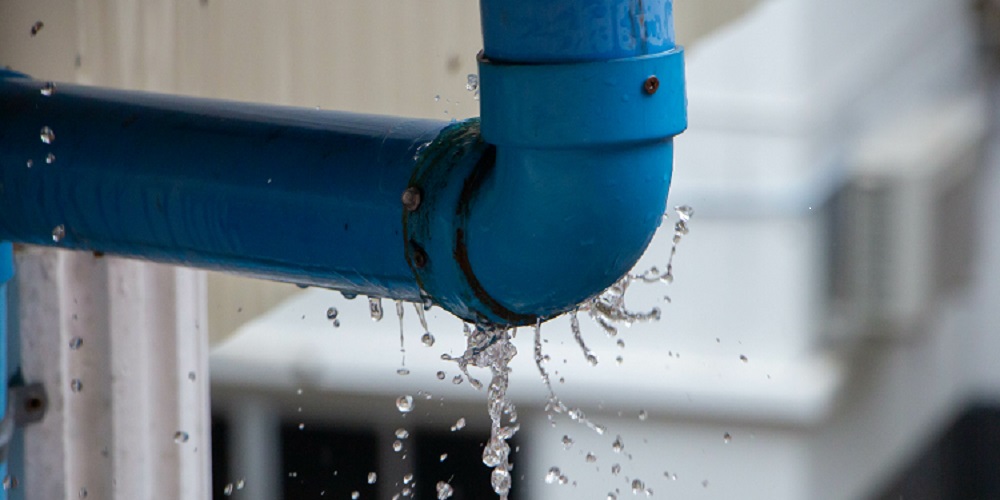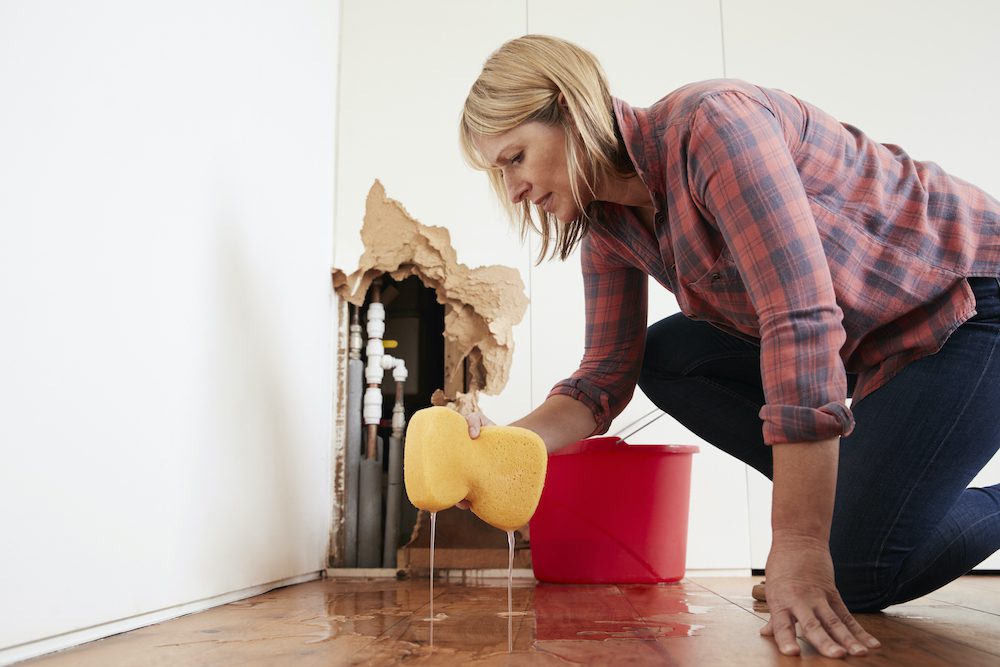How do you actually feel in regards to Hacks to detect leaks?

Early detection of leaking water lines can reduce a possible calamity. Apart from conserving you money, it will certainly reduce the stress and irritation. The moment you find a leakage, calling your plumber for repair work is the best solution. However, some little water leakages may not show up. Here are some hacks that assist if you can not detect it with your nude eyes.
1. Examine the Water Meter
Every residence has a water meter. Inspecting it is a surefire manner in which assists you find leakages. For beginners, turn off all the water sources. Guarantee no person will flush, utilize the faucet, shower, run the washing equipment or dishwashing machine. From there, go to the meter and also watch if it will change. Given that nobody is using it, there ought to be no motions. That shows a fast-moving leak if it moves. If you discover no changes, wait an hour or 2 and also inspect back again. This suggests you might have a slow-moving leak that could even be below ground.
2. Examine Water Consumption
If you spot unexpected modifications, in spite of your usage being the same, it implies that you have leakages in your plumbing system. An unexpected spike in your bill indicates a fast-moving leak.
A consistent boost every month, even with the exact same habits, reveals you have a slow leak that's also gradually intensifying. Call a plumber to thoroughly check your residential property, particularly if you feel a warm location on your floor with piping below.
3. Do a Food Coloring Test
When it comes to water usage, 30% comes from commodes. If the color in some way infiltrates your bowl during that time without flushing, there's a leakage in between the tank and dish.
4. Asses Exterior Lines
Do not fail to remember to check your exterior water lines also. Should water permeate out of the connection, you have a loose rubber gasket. One little leak can lose lots of water and also increase your water costs.
5. Assess the circumstance as well as check
Homeowners ought to make it a routine to examine under the sink counters and even inside cupboards for any bad odor or mold and mildew development. These two warnings indicate a leakage so punctual interest is called for. Doing routine inspections, also bi-annually, can save you from a significant problem.
Inspect for stainings and weakening as most devices as well as pipes have a life expectations. If you believe leaking water lines in your plumbing system, don't wait for it to escalate.
Early detection of dripping water lines can minimize a possible disaster. Some tiny water leaks may not be visible. Checking it is a proven method that helps you uncover leaks. One little leak can throw away loads of water as well as spike your water costs.
If you presume leaking water lines in your plumbing system, do not wait for it to rise.
WARNING SIGNS OF WATER LEAKAGE BEHIND THE WALL
PERSISTENT MUSTY ODORS
As water slowly drips from a leaky pipe inside the wall, flooring and sheetrock stay damp and develop an odor similar to wet cardboard. It generates a musty smell that can help you find hidden leaks.
MOLD IN UNUSUAL AREAS
Mold usually grows in wet areas like kitchens, baths and laundry rooms. If you spot the stuff on walls or baseboards in other rooms of the house, it’s a good indicator of undetected water leaks.
STAINS THAT GROW
When mold thrives around a leaky pipe, it sometimes takes hold on the inside surface of the affected wall. A growing stain on otherwise clean sheetrock is often your sign of a hidden plumbing problem.
PEELING OR BUBBLING WALLPAPER / PAINT
This clue is easy to miss in rooms that don’t get much use. When you see wallpaper separating along seams or paint bubbling or flaking off the wall, blame sheetrock that stays wet because of an undetected leak.
BUCKLED CEILINGS AND STAINED FLOORS
If ceilings or floors in bathrooms, kitchens or laundry areas develop structural problems, don’t rule out constant damp inside the walls. Wet sheetrock can affect adjacent framing, flooring and ceilings.
https://www.servicemasterbyzaba.com/blog/how-to-detect-water-leakage-in-walls/

We were made aware of that write-up on Hacks to detect leaks through an acquaintance on another website. Sharing is caring. One never knows, you may be doing someone a favor. Thanks for going through it.